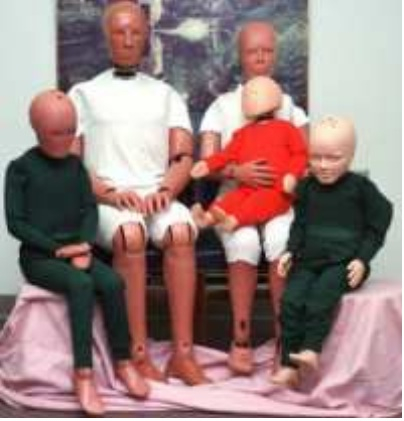
Full text loading...
Child abuse is a leading cause of morbidity and mortality in young children and infants in the United States. Medical care providers, social services, and legal systems make critical decisions regarding injury and history plausibility daily. Injury plausibility judgments rely on evidence-based medicine, individualized experiences, and empirical data. A poor outcome may result if abuse is missed or an innocent family is accused, therefore evidence and science-based injury assessments are required. Although research in biomechanics has improved clinical understanding of injuries in children, much work is still required to develop a more scientific, rigorous approach to assessing injury causation. This article reviews key issues in child abuse and how injury biomechanics research may help improve accuracy in differentiating abuse from accidental events. Case-based biomechanical investigations, human surrogate, and computer modeling biomechanics research applied to child abuse injury are discussed. The goal of this paper is to provide an overview of key research studies rather than on review or commentary articles. Limitations and future research needs are also reviewed.

Article metrics loading...

Full text loading...


Data & Media loading...
Supplemental Material
Supplemental Figure 1.
